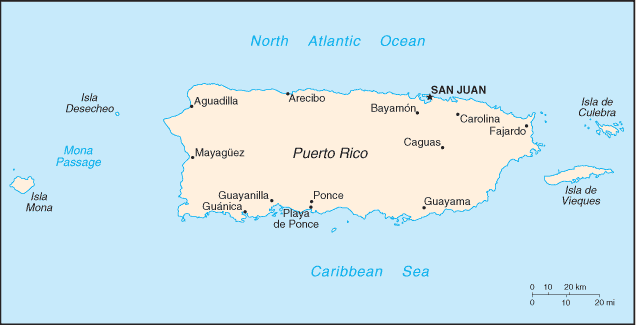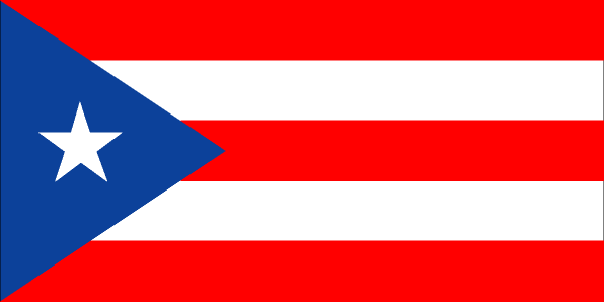
|
Puerto Rico
Background:
Populated for centuries by aboriginal peoples, the island was claimed by the
Spanish Crown in 1493 following Columbus' second voyage to the Americas. In
1898, after 400 years of colonial rule that saw the indigenous population
nearly exterminated and African slave labor introduced, Puerto Rico was ceded
to the US as a result of the Spanish-American War. Puerto Ricans were granted
US citizenship in 1917 and popularly elected governors have served since 1948.
|

Climate and Terrain:
Climate: Tropical marine, mild; little seasonal temperature variation.
Terrain: Mostly mountains, with coastal plain belt in north; mountains
precipitous to sea on west coast; sandy beaches along most coastal areas.
oil.
|
|
|
Economy overview:
Puerto Rico has one of the most dynamic economies in the Caribbean region. A
diverse industrial sector has far surpassed agriculture as the primary locus of
economic activity and income. Encouraged by duty-free access to the US and by
tax incentives, US firms have invested heavily in Puerto Rico since the 1950s.
US minimum wage laws apply. Sugar production has lost out to dairy production
and other livestock products as the main source of income in the agricultural
sector. Tourism has traditionally been an important source of income, with
estimated arrivals of nearly 5 million tourists in 1999.
|
|